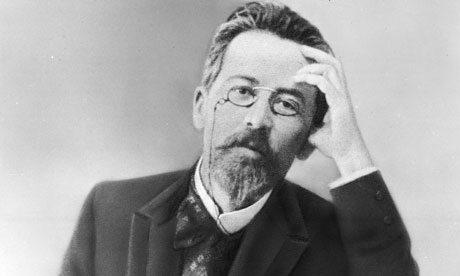~ David McCullough
Good writing accomplishes two things. It helps you sort through your thoughts. And it helps someone else understand them.
We think in two different ways. The psychologist and Nobel laureate Daniel Kahneman describes them this way:
- System 1: Fast, automatic, frequent, emotional, stereotypic, subconscious
- System 2: Slow, effortful, infrequent, logical, calculating, conscious
All those brilliant thoughts in your head are bubbling up in System 1. They're beautiful, but they're disorganized and chaotic. If you want them to do some actually work -- persuade someone to do something, for example -- you will need to express them somehow, and that means System 2.
Oh boy. When you start to put those incredible ideas down on paper they turn to mush! What sounded so good in your head doesn't do so well when forced into symbols (letters and words) laid out linearly according to strict rules (grammar). It's just not the same idea.
I have often "written" an entire 750-word column in my head as I walked out on my road in the evening. Back at my computer, as I'm frantically putting it down, I'm perplexed as I see it coming out differently.
Now if I put it down in accordance with the rules of the written word -- the customs we've all sort of agreed on over time -- then you will have a better chance of understanding what I want to say. I have to put it in those symbols to get it from my head to yours.
I'm looking for a metaphor. Let's suppose you turn 22 guys loose out on a field and give them a ball and tell them to have at it. Fun, right? Now, divide them into two teams, put some refs out there, and create a whole gaggle of rules. It becomes an entirely different game. And now we can follow along (and yell at the TV).
If you don't follow the rules, they other guy won't know what you're trying to say. You will get penalized and lose the game. (The Jets proved this yesterday.)













